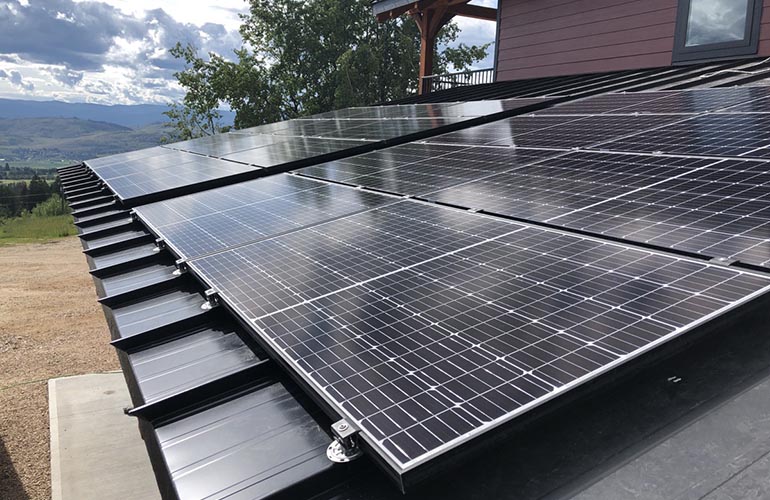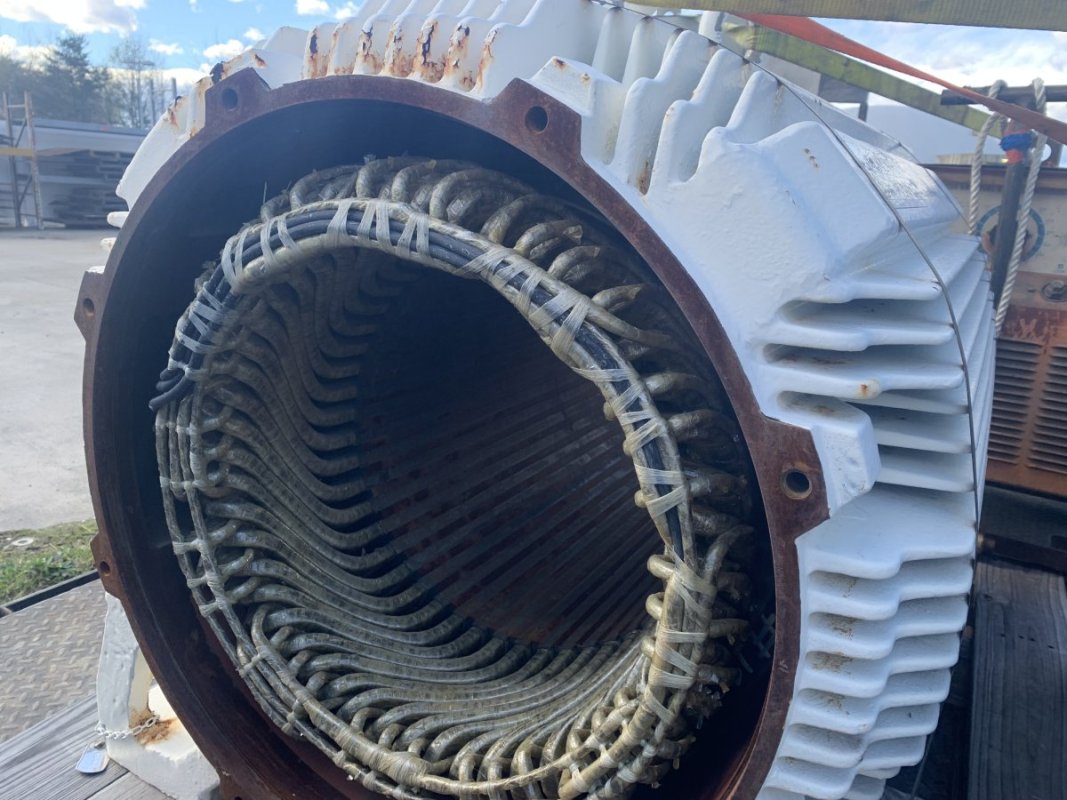I thought Ga power had bribed the PSC so that ga power could refuse to buy back solar power if the homeowner panels were financed ?
Used to ga power would refuse to buy back The solar power unless the panels were owned outright by the homeowner and not financed
Solar is basically just prepaying your electric bill for the next 30 years , with interest using borrowed money
For a generator you don’t have to have one largest enough to run everything
My brother who lives in a hurricane zone and works for the local
Government and was expected to be on duty during a storm ,
had his house wired so the electric water heater and fridge and microwave was on the genny and they bought a portable AC unit to use in the master bedroom ,
He also had the master bedroom walk in closet poured in concrete walls and ceiling so it doubles as a safe room and storm shelter .
For my house we have a wood heater
And a small Honda portable 1250 genny
I can use the gen with an extension cord to run the fridge , freezer and wifi ,
The fan on my heater
And a couple of LED lamps
To use the coffeemaker or
Microwave you had to unplug everything else .
The small Honda genny is the best one by far
And can be daisy chained together using a special cord from Honda
So you can use just one
Or hook them together and use both
I’m not opposed to solar
And would love to have some panels and batteries to run the basics
It’s just like an electric car
The money just doesn’t work.
Used to ga power would refuse to buy back The solar power unless the panels were owned outright by the homeowner and not financed
Solar is basically just prepaying your electric bill for the next 30 years , with interest using borrowed money
For a generator you don’t have to have one largest enough to run everything
My brother who lives in a hurricane zone and works for the local
Government and was expected to be on duty during a storm ,
had his house wired so the electric water heater and fridge and microwave was on the genny and they bought a portable AC unit to use in the master bedroom ,
He also had the master bedroom walk in closet poured in concrete walls and ceiling so it doubles as a safe room and storm shelter .
For my house we have a wood heater
And a small Honda portable 1250 genny
I can use the gen with an extension cord to run the fridge , freezer and wifi ,
The fan on my heater
And a couple of LED lamps
To use the coffeemaker or
Microwave you had to unplug everything else .
The small Honda genny is the best one by far
And can be daisy chained together using a special cord from Honda
So you can use just one
Or hook them together and use both
I’m not opposed to solar
And would love to have some panels and batteries to run the basics
It’s just like an electric car
The money just doesn’t work.







